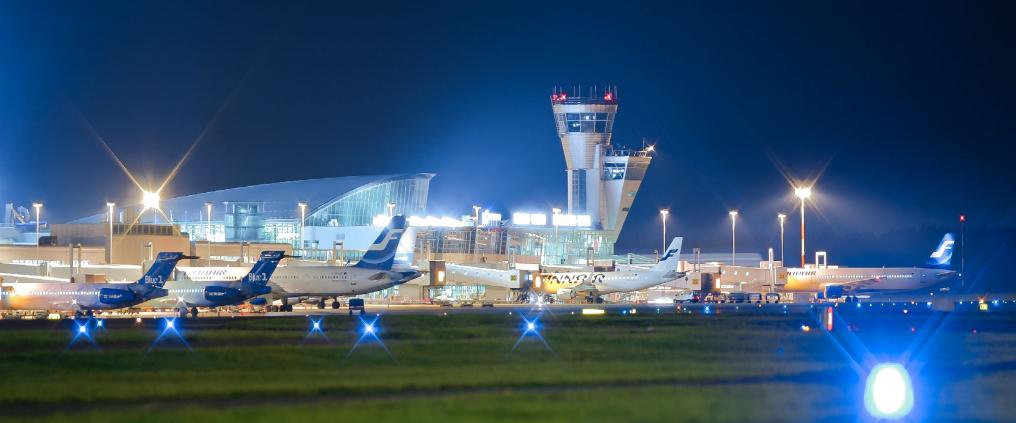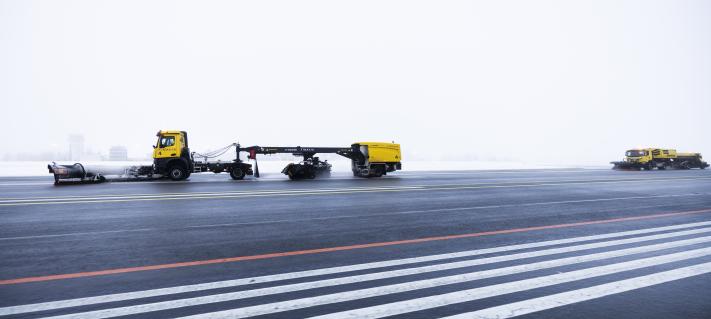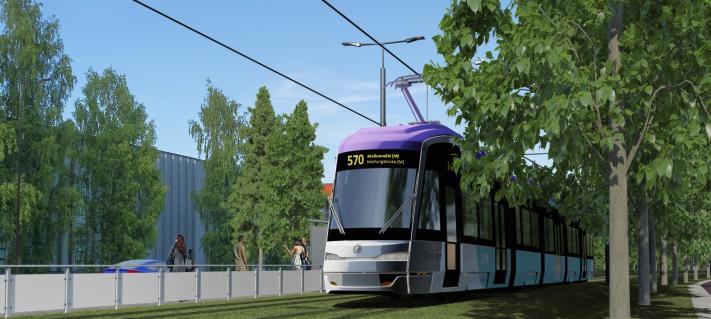Finland ranked fifth in an international comparison of the quality of air transport infrastructure, which was a part of the World Economic Forum's competitiveness report. On a scale of 1–7, Finland scored 6.2. The people who took the survey assessed the sophistication, coverage and efficiency of air transport infrastructure in their own country.
“Finland's excellent ranking shows that we have a competitive, high-quality airport network that can provide cost-effective services that meet the needs of airlines and air passengers. For Finnish citizens, the best thing is that the air transport infrastructure operates without tax funding. Having a high-quality airport network has had a significant role in Finland's recent success in the competition for international transit passengers. On the other hand, in domestic traffic even competitive airports have not been able to guarantee frequent flight connections to all destinations. Maintaining and developing the service level of domestic air traffic will be challenging also in the future,” says Kari Savolainen, the CEO of Finavia.
Accessibility requires excellent infrastructure
Compared to the size of the country, Finland has superior connections to destinations all over the world. Helsinki Airport alone offers service to approximately 130 destinations. The number of connections increases with the growth of international transit travel, which in turn improves Finland's accessibility even more. On average, there are 4.7 airports per million people, while in Europe the number is 1.01, and in Northern America 2.53.
“In practice, Finland's air traffic has spread to more locations in relation to population when compared to many other countries. This is a common problem in countries with a small population and a large land area, and it increases costs. This means that in the future we need to be open-minded when looking for ways to make air traffic infrastructure sustainable,” Savolainen explains.
Development programmes boost the economy and employment
The commitment of Finavia corporation, the organisation responsible for Finland's airport network and air navigation services, to developing air transport infrastructure is clearly demonstrated by the extensive investment programme targeted at Helsinki Airport and provincial airports. The historically large Helsinki Airport investment programme for 2014–2020 will cost as much as EUR 900 million. It is estimated to provide about 14,000 man-years and up to 5,000 permanent jobs. The job impact of the EUR 100 million investment programme in 2013–2015 for the network airports, on the other hand, will be almost 1,700 man-years in the surroundings of major provincial airports.
Air traffic and the related services employ approximately 100,000 people in Finland, and the share of air traffic in Finland's gross domestic product GDP is over 3.2 per cent. Regional demand for air traffic services guides the route decision and affects the number of flight connections. A central factor for the vitality of many network airports is the demand created by tourism.
Overall, Finland ranked fourth in terms of competitiveness in the World Economic Forum's Global Competitiveness Report 2014–2015. The report assesses competitiveness and factors that have an impact on success by evaluating over 100 variables. The report has been published every year since 1979.
You can read the World Economic Forum's competitiveness report (Global Competitiveness Report 2014–2015).



